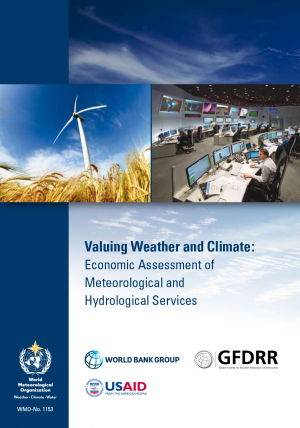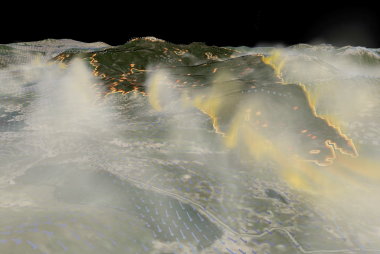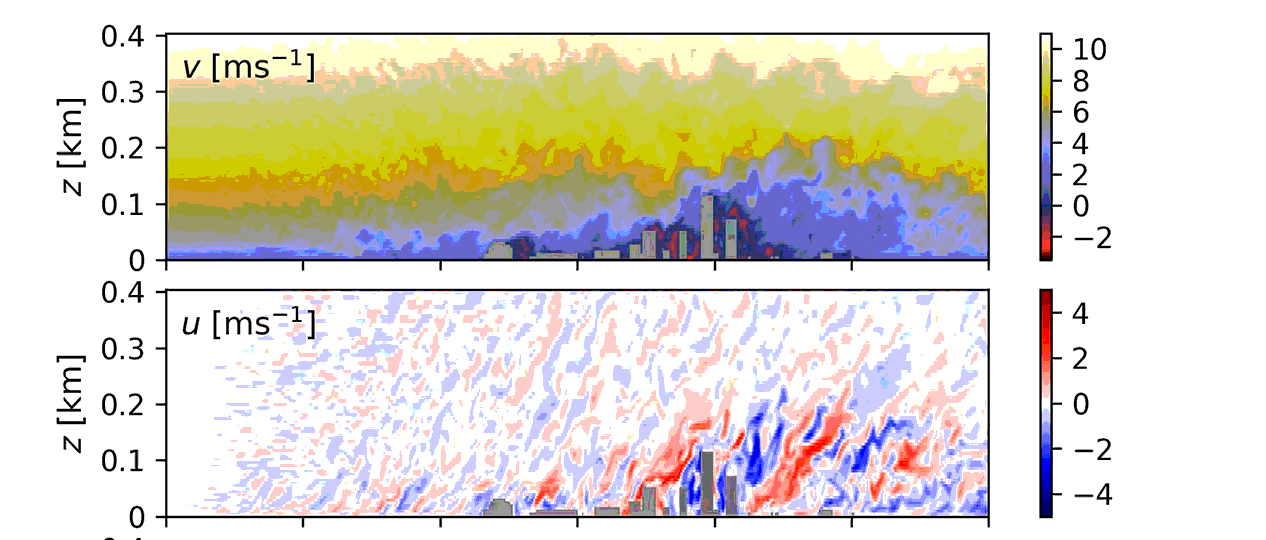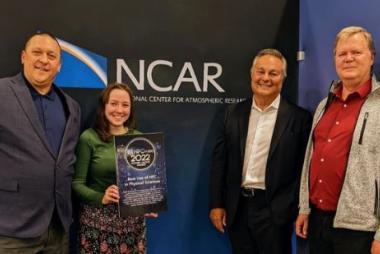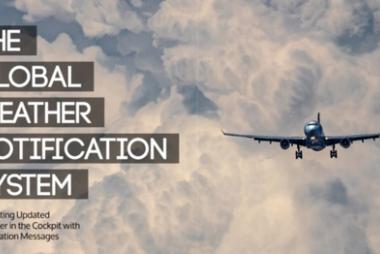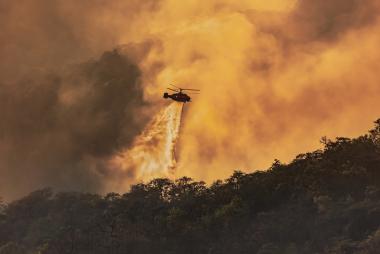NCAR Economist Co-author of Guide on Assessing the Societal Benefits of Weather, Climate and Water Services
Valuing Weather and Climate
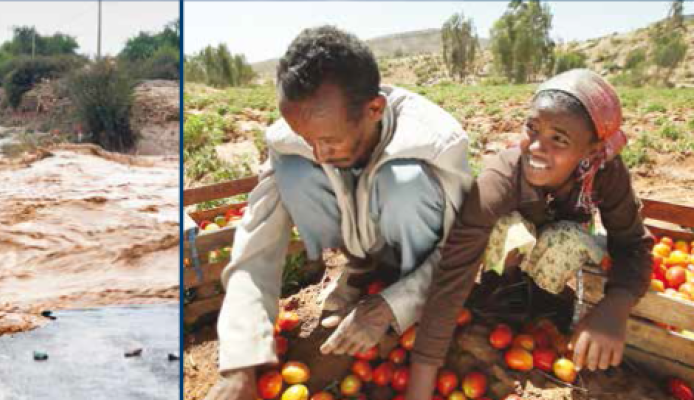
It’s one thing to state the quality of operational meteorological and hydrological short- and long-term forecasts, it’s another to be able to back it up with hard numbers, especially in times of constrained budgets. This is referred to as socio-economic benefits (SEB) analysis.
Many, if not all, National Meteorological and Hydrological Services (NMHSs) are under constant pressure to demonstrate that their investments and operational budgets pay off well for society. At the same time these agencies are tasked to provide an ever increasing volume and variety of information concerning current and future weather and climate at different resolutions and in a wide variety of combinations with other (impact related) observations. In order to provide adequate evidence of the societal net benefits of weather and climate service systems, NMHSs need to develop a practice of recurrent socioeconomic evaluation of their service portfolio, and of their investment and development needs.
Since NMHSs rarely have in-house expertise on socioeconomic evaluation, external guidance in combination with an intra-sectoral learning and twinning process is called for. In support of such guidance the World Meteorological Organization in cooperation with the World Bank, and with additional support from USAID, engaged in the production of a guidebook for socio-economic benefit analysis of meteorological and hydrological services (WMO 2015).
Valuing Weather and Climate: Economic Assessment of Meteorological and Hydrological Services should be mandatory reading for those who evaluate, demonstrate and want to enhance the services they provide. The goal of the book is to provide a basic understanding of economic valuation methods to enable them to successfully design and commission economic studies to improve service delivery and improve communication with key decision makers.
National Meteorological and Hydrological Services (NMHSs), central governments and development agencies need to understand the full value of the socioeconomic benefits (SEBs) provided by hydrometeorological services, as well as the financial realities of maintaining modern operations and service delivery, so that adequate financing can be mobilized and invested strategically to ensure a significant impact of investment. This is particularly true in developing countries where many NMHSs are not currently able to fully provide basic services to help save lives and support economic development. We hope this publication will be useful to make more evident and enhance the SEBs that NMHSs of the world deliver daily to society and will help mobilize and optimize financing to ensure NMHSs can fulfil their critical role in an even more effective way.
From Valuing Weather and Climate: Economic Assessment of Meteorological and Hydrological Services
The book invites NMHSs to thoroughly consider the entire value chain from observation through to decisions made by end users of weather or climate services, and also extends beyond monetized benefits and costs. Particular attention is paid to the communication and the transparency of such evaluations. It discusses benefit-cost studies demonstrating the economic value of NHMSs, and provides a number of case studies. Users include farmers, airlines, disaster managers, investors, power companies, water utilities, resource companies, trucking companies, the shipping industries, to name a few.
This comprehensive book is an international collaboration of meteorologists, economists, disaster risk experts, climate services researchers, broadcasters, and more. Jeff Lazo, Director of the Societal Impacts Program at the National Center for Atmospheric Research (NCAR) in Boulder, Colorado, and author of the much-cited article, “U.S. Economic Sensitivity to Weather Variability,” is a co-author of this book.
“Every single author made significant contributions to the book as well as to the discussion on how and what to include (and not include) to make this a usable tool. The diversity of backgrounds as well as experience and cultures only enhanced the experience as we all had the common goal of creating a product that would be used by policy makers and analysts in NMHS to undertake SEB studies,” Lazo said.
What Next?
This book has been delivered to every member country of the WMO. Three regional workshops on the use of socio-economic benefits assessments built on the book have been held in Antigua and Barbuda, Seychelles, and Croatia, with possibly more workshops to come.
